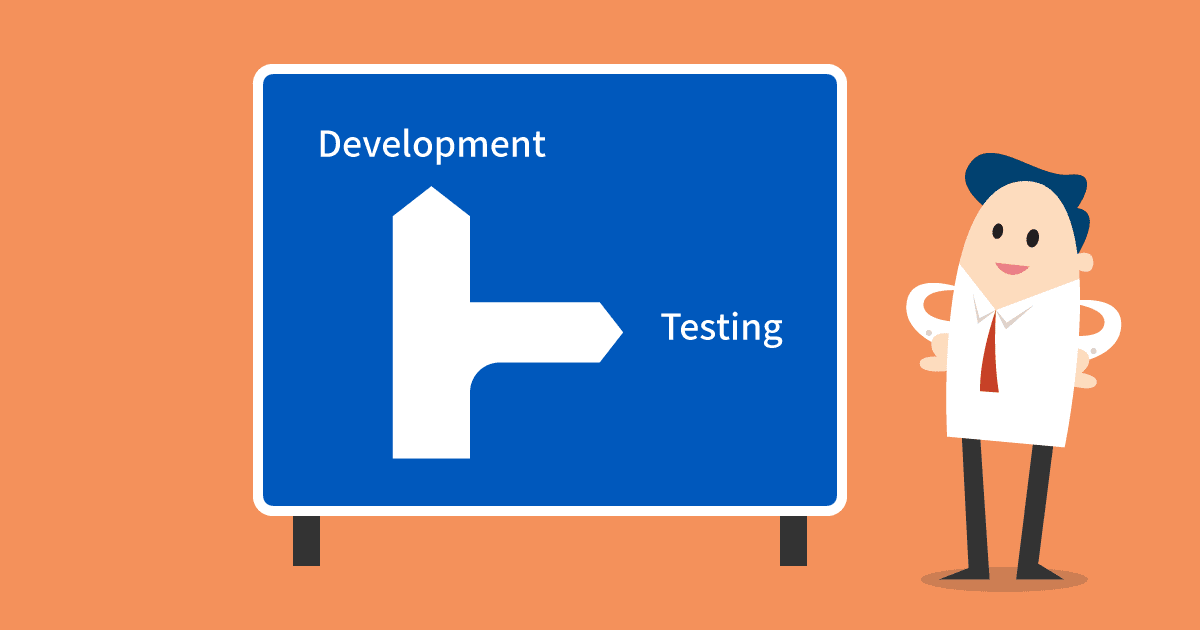In the ever-evolving landscape of artificial intelligence, one remarkable development has been the emergence of Generative AI tools. These powerful tools have revolutionized creativity, enabling artists, writers, and creators of all kinds to generate content that pushes the boundaries of imagination. In this blog post, we’ll explore what generative AI is, how it works, and the incredible potential it holds for various creative fields.
What is Generative AI?
Generative AI, or Generative Adversarial Networks (GANs), is a subset of artificial intelligence that focuses on generating content, such as images, text, music, and more. It consists of two neural networks – a generator and a discriminator – that work in tandem. The generator creates content, while the discriminator evaluates it. Through this iterative process, the generator becomes increasingly adept at creating realistic and creative content.
How Does Generative AI Work?
Generative AI operates on a fascinating principle of adversarial training. Here’s a simplified overview of the process:
- Initialization: The generator starts with random data, such as noise.
- Generation: It uses this noise to create content, e.g., an image or text.
- Discrimination: The discriminator assesses the generated content and provides feedback.
- Feedback Loop: The generator adjusts its approach based on the discriminator’s feedback and tries to improve the quality of its creations.
- Repetition: Steps 2-4 are repeated thousands or millions of times, gradually honing the generator’s ability to produce realistic and creative content.
Applications of Generative AI:
Generative AI tools have found applications in various creative domains:
- Art and Design: Artists use GANs to create unique and surreal artworks. Tools like DALL-E can generate images from textual descriptions, expanding the possibilities of visual storytelling.
- Writing: Generative AI can assist authors by suggesting plotlines, generating dialogue, or even creating entire short stories or poems. GPT-3, a prominent example, has made waves in the world of AI-generated text.
- Music: AI-generated music is gaining popularity, with AI systems composing melodies, harmonies, and even entire songs. MuseNet is one such tool that helps musicians explore new sonic landscapes.
- Video Game Design: Game developers use generative AI to create realistic environments, characters, and even game narratives, enhancing the gaming experience.
FAQs Related to Generative AI:
Is generative AI only for professionals?
No, generative AI tools are accessible to anyone interested in creativity. Many user-friendly platforms and applications make it easy for beginners to get started.
Are there ethical concerns with generative AI?
Yes, there are concerns about AI-generated content being used for misinformation, deepfakes, and copyright issues. It’s crucial to use these tools responsibly and ethically.
Do I need a powerful computer to use generative AI?
Some generative AI tools can be resource-intensive, but many cloud-based services allow users to access AI capabilities without the need for high-end hardware.
Can generative AI replace human creativity?
Generative AI can aid and inspire human creativity but is not a replacement. It complements human creativity by offering new ideas and possibilities.
Generative AI is a testament to the remarkable progress in artificial intelligence. These tools empower creators to think beyond traditional boundaries and explore uncharted realms of creativity. Whether you’re an artist, writer, musician, or simply curious about the future of AI, generative AI tools provide an exciting avenue for unleashing your imagination.
Explore the world of generative AI and let your creativity flourish!











